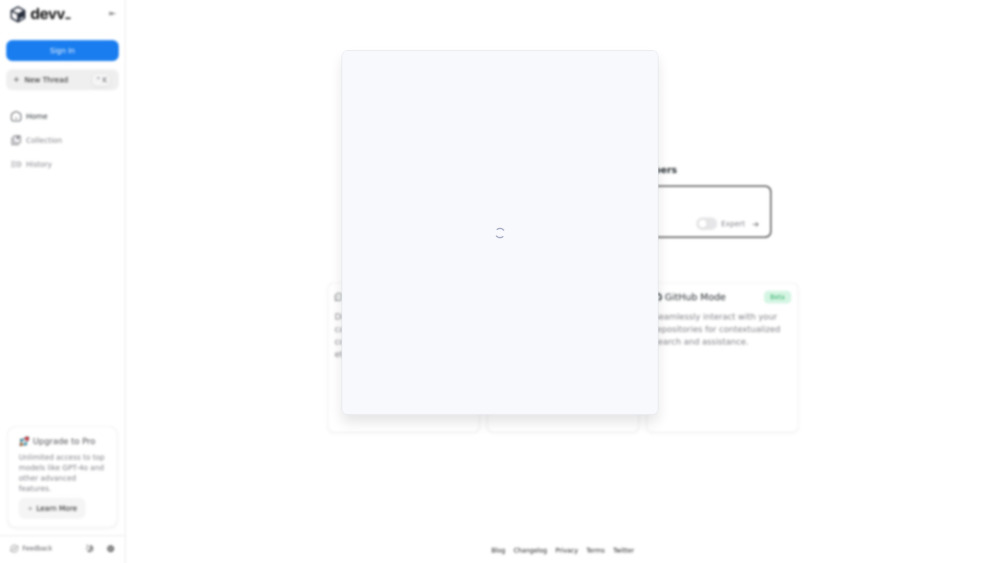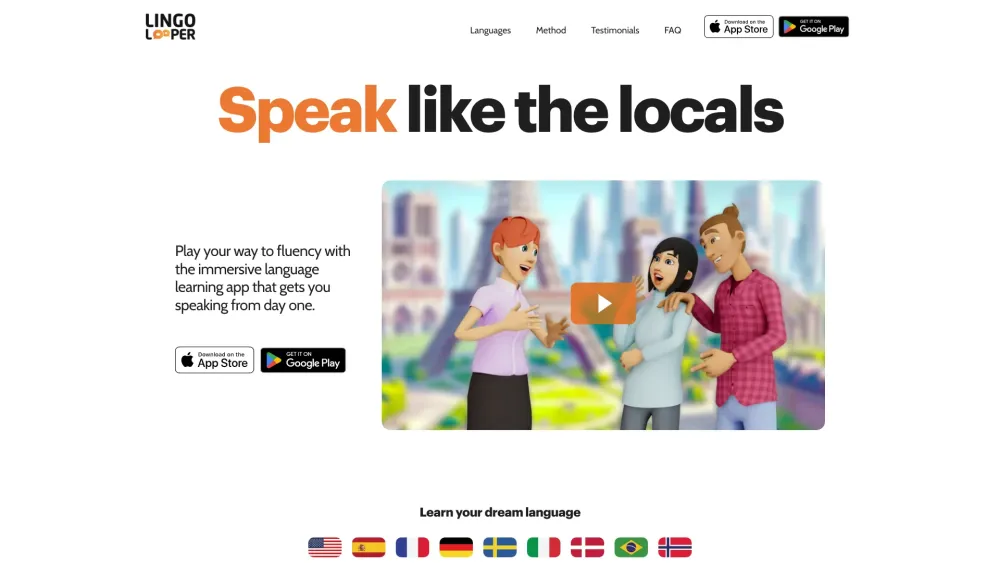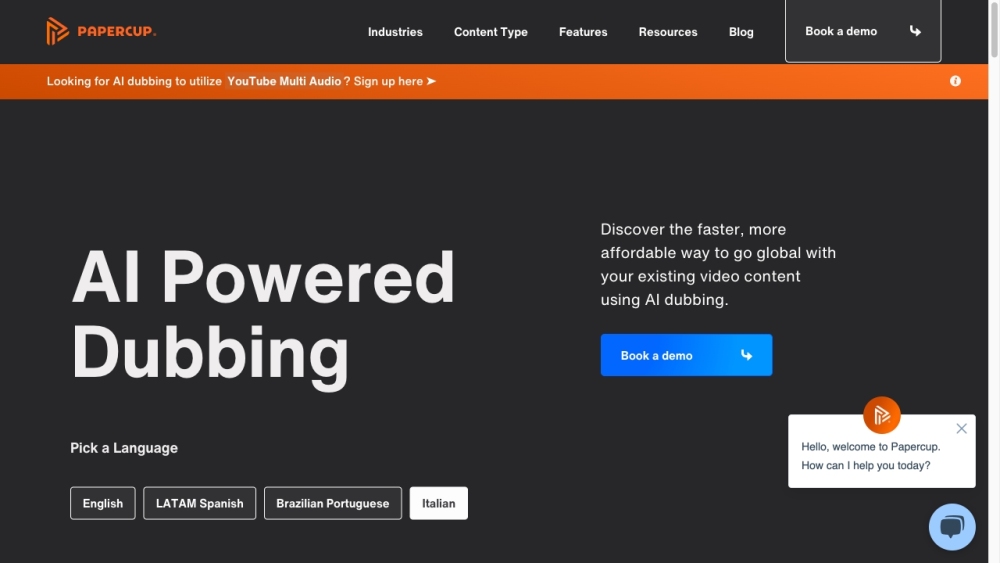Generative AI art has rapidly become one of the most fascinating and popular applications of new technology, attracting millions of users to platforms like Stable Diffusion and Midjourney. OpenAI has recently integrated its DALL-E 3 image generation model into the widely used ChatGPT service, making it easier than ever to generate images. By simply entering a description, users can watch as AI algorithms transform their ideas into visual art within moments.
However, in our fast-paced world, waiting even a few seconds for image generation can seem cumbersome.
This week, the online AI art community is buzzing about a groundbreaking machine learning technique known as LCM-LoRA, or Latent Consistency Model-Low-Rank Adaptation. Developed by researchers at Tsinghua University and the AI code-sharing platform HuggingFace, this technique allows for real-time generative AI art creation.
What does this mean in practical terms? Take a look at videos shared by AI artists on X and LinkedIn to see it in action.
With LCM-LoRA, users can now sketch simple shapes or stick-figure drawings alongside descriptive text, and AI art creation applications like Krea.AI and Fal.AI will instantly generate new artwork. The imagery can be altered almost instantaneously as users manipulate their shapes and drawings on the digital canvas.
You can try it yourself at Fal.AI (if the site remains stable during increased traffic).
The LCM-LoRA technique works for both 2D images and 3D assets, allowing artists to create immersive environments rapidly for applications in augmented reality (AR), virtual reality (VR), video games, and potentially film production—significantly speeding up the creative process and reducing costs.
“Everything is going to change,” stated a startup founder and former Google AI engineer on LinkedIn, a sentiment shared by many in the AI arts community. Another user on X remarked, “A whole new era of generative AI is about to be unleashed.” Professor Ethan Mollick from the Wharton School of Business expressed that “we are going to see a lot of new user experiences soon” thanks to this technique.
What Is LCM-LoRA and How Does It Work?
The early demonstrations of LCM-LoRA’s integration into applications are indeed compelling, indicating a potential turning point for generative AI in visual arts.
So, what is the technological innovation behind LCM-LoRA? According to the researchers, LCM-LoRA is a “universal training-free acceleration module” that can be integrated into various fine-tuned models of Stable Diffusion.
In simpler terms, it’s an algorithm that accelerates the process of converting text or images into new AI-generated artwork using the popular open-source Stable Diffusion model and its modified versions.
LCM-LoRA achieves this by reducing the necessary “sampling steps” the AI model must undergo to transform source text or imagery into a higher-quality image. This means it allows Stable Diffusion models to operate more quickly with fewer computational resources, which results in real-time eye-catching outputs.
The “universal” nature of LCM-LoRA means it is compatible with different applications relying on Stable Diffusion. Whether it can be adapted for proprietary models like OpenAI’s DALL-E 3 or Midjourney remains to be seen.
We’ve reached out to one of the authors of the LCM-LoRA paper for additional insights and will update this article as more information becomes available.




